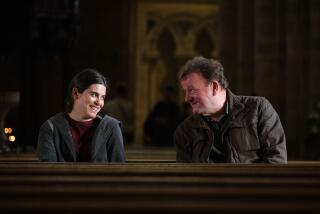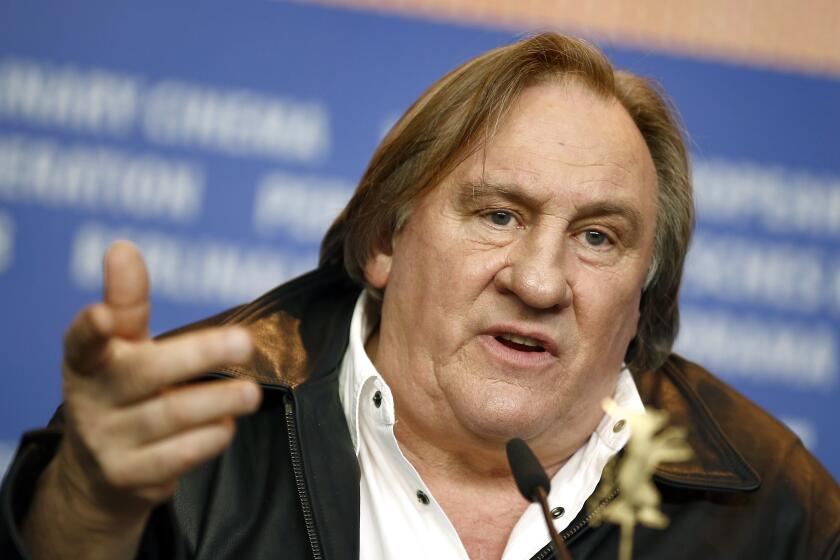Movie review: ‘Mao’s Last Dancer’
There’s no shortage of dramatic sweep in the story of Li Cunxin. The peasants’ child became an international ballet star, but not before his 1981 defection from China to the United States sparked a diplomatic showdown and front-page headlines. In “Mao’s Last Dancer,” the film adaptation of his autobiography, that story comes to life only in fits and starts. Director Bruce Beresford (“Driving Miss Daisy”) knows how to tug heartstrings but as he moves the inspirational material toward its tear-jerker finale, it’s often hampered by awkward melodrama.
Screenwriter Jan Sardi (“Shine”) compresses and simplifies events, moving between Li’s upbringing in Maoist China and his arrival in Reagan-era Texas. In the lead role, screen newcomer Chi Cao, a principal with the Birmingham Royal Ballet, dances with an elegant athleticism. He’s convincing too as a country boy bewildered by the everyday excesses of American capitalism. An exchange student with the Houston Ballet, Li flourishes under the tutelage of artistic director Ben Stevenson, played by Bruce Greenwood with an intriguing obliqueness that stands out amid the film’s otherwise unambiguous characterizations. Stevenson insists on beauty, not least when he’s protecting his charge from the truth about a racial slur.
In the China-set (and filmed) scenes, awash in the lyrical light of memory, Li finds his ambition at odds with party dogma and with the proscribed lives of his parents ( Joan Chen and Wang Shuang Bao, affecting). Stateside, the narrative grows increasingly choppy. It’s the dance sequences, choreographed by Graeme Murphy and Janet Vernon, that have an undeniable power, and Beresford wisely shoots them in a straightforward manner and lets them play at length.
calendar@latimes.com
More to Read
Only good movies
Get the Indie Focus newsletter, Mark Olsen's weekly guide to the world of cinema.
You may occasionally receive promotional content from the Los Angeles Times.






